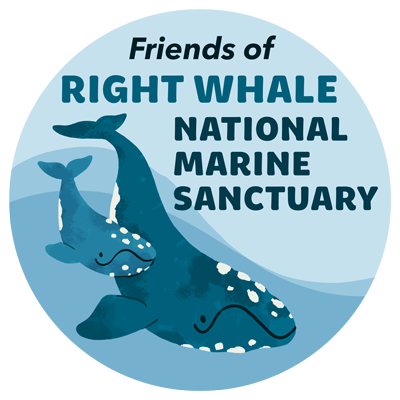The ocean sequesters huge amounts of carbon from the atmosphere, provides half of our oxygen, and supports a wondrous, thriving ecosystem of creatures, both large and small, familiar and unusual.
However, many marine organisms are threatened and require urgent intervention to survive for years to come.
Giant manta rays have experienced substantial population declines due to unsustainable fishing practices and increased demand in the exotic wildlife market. Combined with a slow birth rate – manta rays give birth to just one offspring every few years – recovery will be challenging and take considerable time.
Great hammerhead sharks grow to be 500 pounds and 13 feet long and cruise their way around warm and tropical waters. Hammerheads are increasingly victims of the commercial fin trade as well as bycatch – the unintentional capture of marine life like dolphins or sea turtles when fishing for seafood.
Despite Hawai’i boasting some of the most impressive victories in wildlife protection and sustainability, the rare Hawaiian monk seals continue to face great peril due to plastic pollution, ocean contaminants, and entanglements. These adorable seals are holding on for now, but it’s crucial that we all do our part to keep our seas safe and clean.
Albatrosses are large seabirds with huge wingspans that have inspired myths and legends for centuries. They live up to 50 years and spend most of their lives soaring on long narrow wings over the waves. Unfortunately, the albatross has also become a victim of our reliance on plastics and the ease with which trash finds its way into our oceans. Albatrosses have been found dead with their stomach filled with bits and pieces of colorful plastics. To save the albatross, we’ve got to reduce our reliance on plastics and keep our waste out of the waters.
Acidification, harmful algae blooms, and ocean dead zones threaten to destroy entire ocean ecosystems, including seagrass beds, coral reefs, mussel shoals, clam flats, and oyster reefs, on which many animals depend.
A healthy ocean is absolutely essential in the fight against climate change and for the survival of all living species on the planet. However, we can absolutely save the seas and nurse marine life back to health. Bold actions are called for – from governments to local communities – but it can be done. The challenges facing marine life are rising, and we are doing more than ever to surmount them.
Steady on,
Rob

